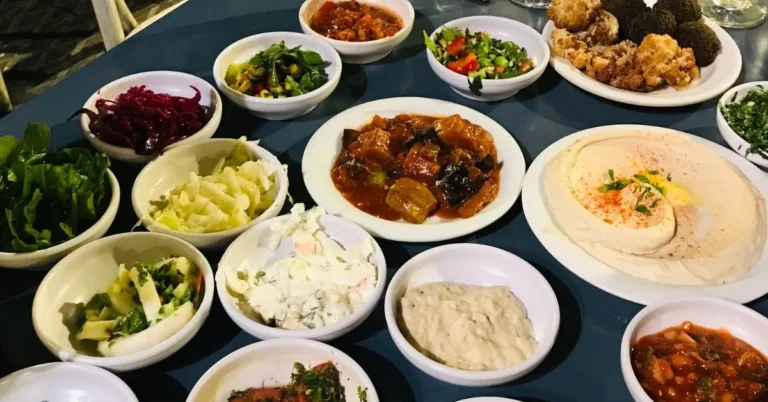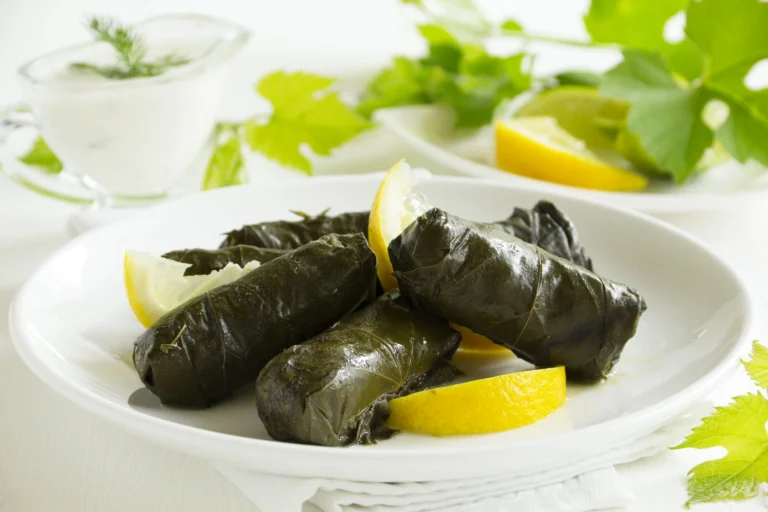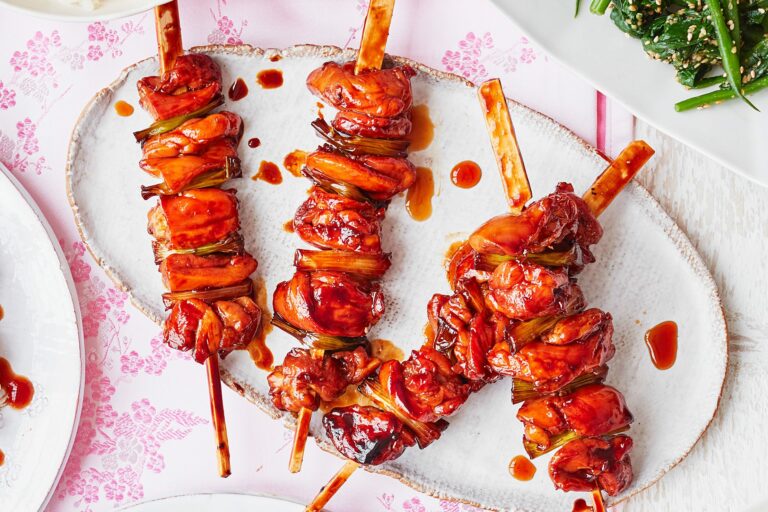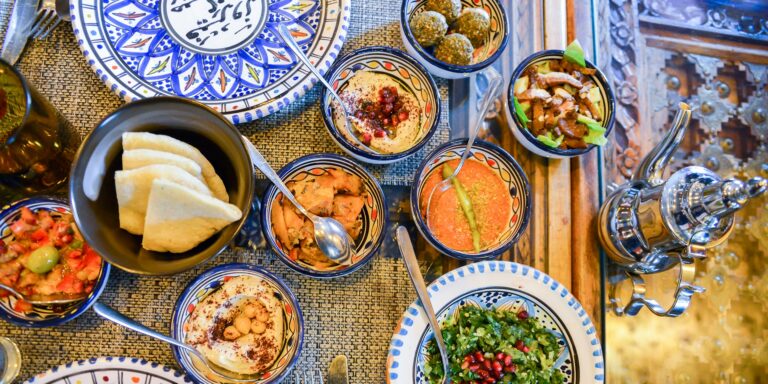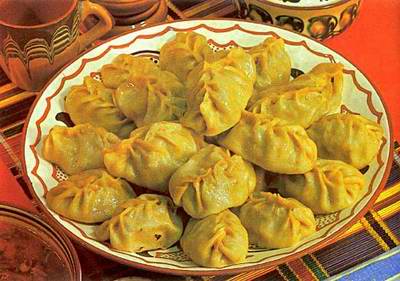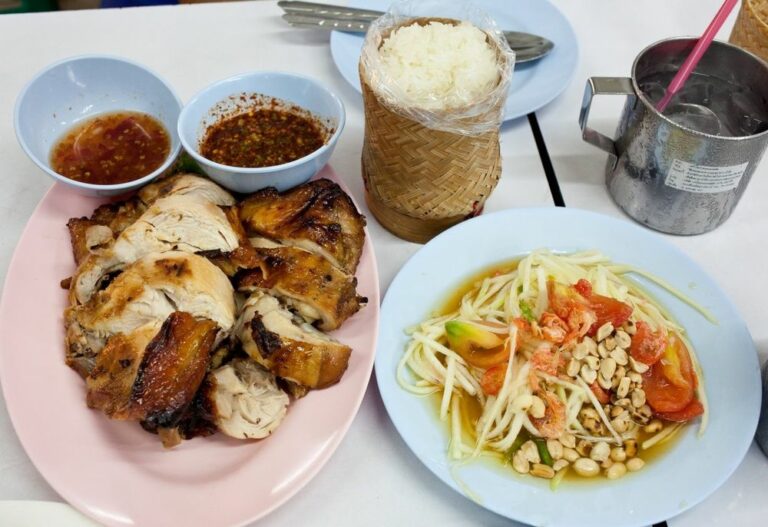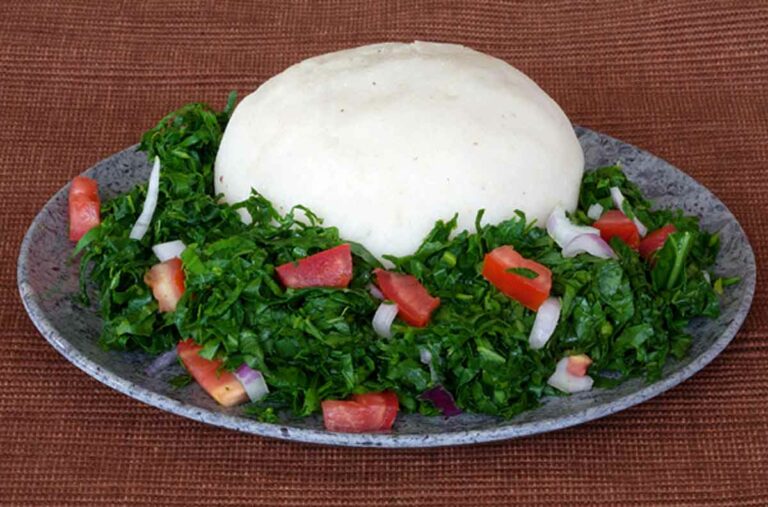Introduction: Israeli Cuisine
Israeli cuisine is a fusion of the several cultures that have influenced the region over the centuries. Along with the influence of Arab, Mediterranean, and Jewish culinary traditions, Israeli cuisine also reflects the country’s diverse population, which includes immigrants from all over the world. Despite being known for its meat-based dishes like shawarma and kebab, Israel has a lot of vegetarian options that are incredibly delicious and flavorful.
Vegetarianism in Israeli Culture
Vegetarianism has been gaining popularity in Israel in recent years, with an estimated 13% of the population identifying as vegetarian. This trend can be attributed to the country’s emphasis on healthy and sustainable eating, as well as the influence of Jewish dietary laws, which encourage plant-based eating. With a wide range of vegetarian options available, Israelis have embraced the trend, and vegetarianism has become a part of the country’s culinary identity.
Falafel: the Vegetarian Staple
Falafel is a popular vegetarian dish that is considered to be one of the national dishes of Israel. Made from ground chickpeas, herbs, and spices, falafel is deep-fried to create a crispy exterior while maintaining a moist and tender interior. It is typically served in pita bread with hummus, tahini sauce, and an array of fresh vegetables such as cucumber, tomato, and onion. Falafel is a nutritious and filling vegetarian option that can be enjoyed any time of the day.
Shakshuka: a Popular Vegetarian Dish
Shakshuka is a dish that originated in North Africa but has become a breakfast staple in Israel. Made by poaching eggs in a tomato and pepper-based sauce, shakshuka is a hearty and flavorful vegetarian dish. It is typically served with bread for dipping and can also be topped with feta cheese or herbs for added flavor. Shakshuka is a perfect option for a filling and healthy breakfast or brunch.
Hummus: a Classic Vegetarian Spread
Hummus is a classic vegetarian spread that has become popular all over the world. Made from cooked chickpeas, tahini, lemon juice, and garlic, hummus is a creamy and nutty dip that is perfect for spreading on toast or as a dip for vegetables or pita bread. It is a staple in any Israeli household and is commonly served as a side dish or appetizer.
Sabich: a Vegetarian Sandwich Delight
Sabich is a popular Israeli street food that has become a vegetarian favorite. It is made by filling a pita bread with fried eggplant, hard-boiled eggs, hummus, tahini sauce, and various vegetables such as tomato, cucumber, and onion. Sabich is a filling and delicious vegetarian sandwich that is perfect for a quick lunch or snack.
In conclusion, Israel has a wide range of vegetarian options that are not only nutritious but also incredibly flavorful. With options like falafel, shakshuka, hummus, and sabich, vegetarians can enjoy the rich and diverse flavors of Israeli cuisine.

